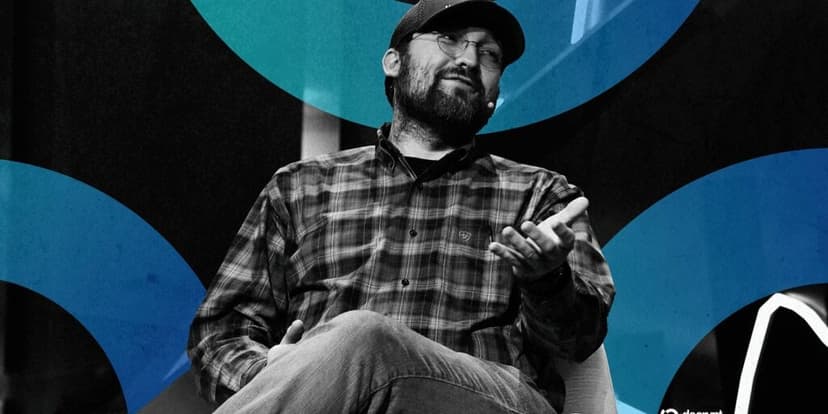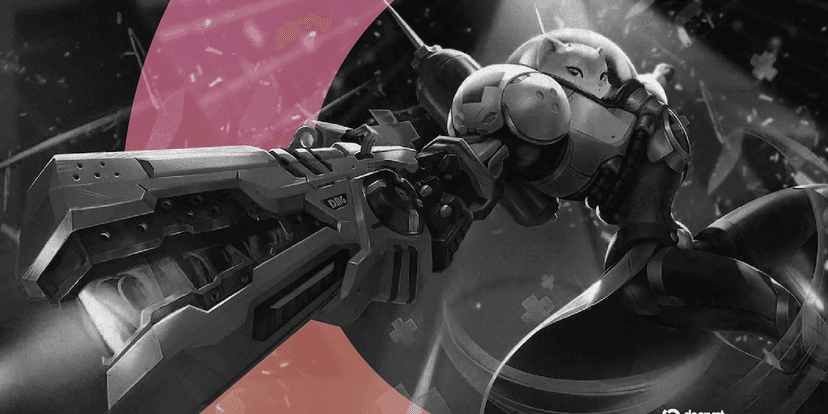About Cardano (ADA) in South Korea
Cardano (ADA) is a blockchain platform utilizing a unique proof-of-stake consensus mechanism called Ouroboros, offering enhanced security and energy efficiency compared to traditional proof-of-work systems. Its layered architecture separates the settlement layer for ADA transactions from the...
Cardano supports various use cases, particularly in decentralized finance (DeFi), identity verification, and supply chain management. In the DeFi sector, it enables the development of decentralized applications (dApps) for lending and trading, with projects like SundaeSwap utilizing its smart...
Operating on a fixed supply model, Cardano has a maximum cap of 45 billion ADA tokens, influencing its value over time. The distribution includes an initial allocation during its ICO, followed by gradual token release through staking rewards.
Cardano's security model relies on the Ouroboros proof-of-stake mechanism, ensuring network integrity. Validators, or stake pool operators, create new blocks based on their staked ADA, aligning their interests with network security.
Cardano's development roadmap includes five phases: Byron, Shelley, Goguen, Basho, and Voltaire. Byron established the foundational blockchain and ADA cryptocurrency in 2017. Shelley introduced decentralization in 2020, allowing ADA staking for network validation.
How to Secure Your Cardano (ADA) Holdings in South Korea
To protect your Cardano (ADA) assets, consider using a hardware wallet, which offers a secure offline environment for your private keys, shielding them from online threats. Trusted options like Ledger and Trezor are popular among South Korean users.
For managing private keys, generate and store them securely, avoiding cloud storage and sharing. Stay vigilant against phishing scams and malware; use strong, unique passwords, enable two-factor authentication, and keep your software updated.
Multi-signature wallets can enhance security by requiring multiple private keys for transactions, ideal for shared accounts. Lastly, implement a solid backup strategy by securely storing your recovery phrases and wallet backups in various physical locations to ensure asset recovery in case of loss...
Understanding How Cardano (ADA) Functions in South Korea
Cardano utilizes a distinct blockchain architecture divided into two layers: the Cardano Settlement Layer (CSL) for value transfers and the Cardano Computation Layer (CCL) for smart contracts and dApps. This structure aligns with South Korea's regulatory focus on secure and efficient blockchain...
Cardano employs the Ouroboros proof-of-stake consensus mechanism, enabling validators to create new blocks and confirm transactions based on their ADA holdings. This method resonates with South Korean investors who prioritize staking rewards and network participation in a compliant manner.
The transaction validation process involves grouping transactions into blocks, which are verified by a network of stakeholders, ensuring only legitimate transactions are recorded. This aligns with South Korea's stringent requirements for transaction integrity and security.
Cardano prioritizes network security through a peer-reviewed development process and formal verification methods, addressing concerns about vulnerabilities. This commitment to security is crucial for gaining trust among South Korean users and regulators alike.
Additionally, Cardano features a treasury system for future development funding and a multi-asset ledger that allows users to create and manage tokens directly on the blockchain, enhancing its utility beyond basic transactions, which is appealing in the evolving South Korean crypto landscape.

